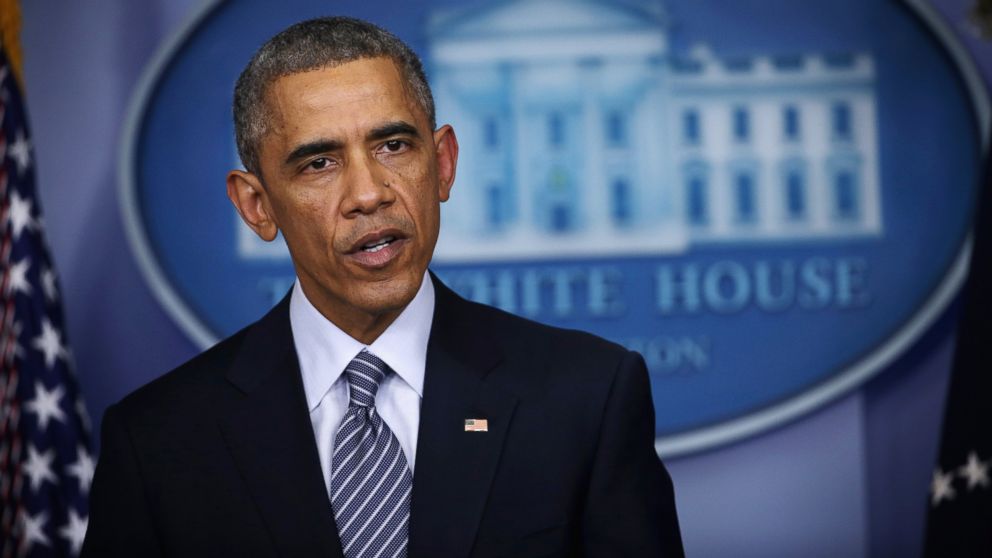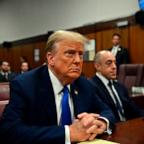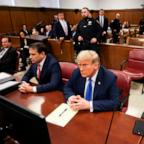Four Ways Obama Is Trying to Mend Police-Community Relations After Ferguson
Police body cameras included in Obama's plan to improve local law enforcement.

— -- With fallout from Ferguson, Missouri, in the spotlight, President Obama announced new action today aimed at boosting accountability of local law enforcement and improving policing policies in minority communities. Here are the top four pieces of the plan:
1. 50,000 Police Body Cameras
Obama will ask Congress for $75 million over three years to subsidize the purchase of up to 50,000 body-worn cameras for local police, according to the White House. The lapel-mounted devices, which record police officers on the job, have won praise from both civil rights advocates and local police union officials who want better documentation of police conduct and that of those they interact with. White House officials believe the cameras would also help improve trust between communities and their police forces. The program is one piece of a $263 million budget request that also includes money for training of law enforcement officers and more resources to reform police departments, administration officials said.
2. Task Force on Police Practices
Obama has appointed Philadelphia Police Commissioner Charles Ramsey and former Assistant Attorney General and George Mason University professor Laurie Robinson to chair a task force on modern police practices. It will produce a report by late February with recommendations on how to "promote effective crime reduction while building public trust," according to the White House.
3. White House Report on Police "Militarization"
In August, President Obama commissioned a review of federal programs that provide surplus military-style equipment to local law enforcement agencies. The report, released today, finds a significant "lack of consistency" in how those programs are run and audited. Only 4 to 5 percent of resources sold or transferred were of the "controlled" variety (such as small arms, night-vision gear and Humvees), according to the inventory. Most were so-called non-controlled assets, such as office equipment, officials say. Still, tens of thousands of pieces of military-style equipment were transferred from federal government agencies to local law enforcement last year, with 460,000 pieces to date now in possession of local agencies. Those include 92,442 small arms, 44,275 night-vision devices, 5,235 Humvees, 617 mine-resistant vehicles and 616 aircraft.
4. Executive Order on Military-Style Equipment Acquisition
The president will sign an executive order directing federal agencies to develop uniform, cross-government policy on local law enforcement equipment acquisition. The move will likely result in published guidelines about what federal property is or is not allowable for sale or transfer to local police, administration officials said. It will also require local civilian approval of any purchase and mandate that local police departments get proper training to use the equipment. The government could also create a universal database to track all military-style equipment transferred to local law enforcement and whenever it's used in a "significant incident" in a community, officials said.




